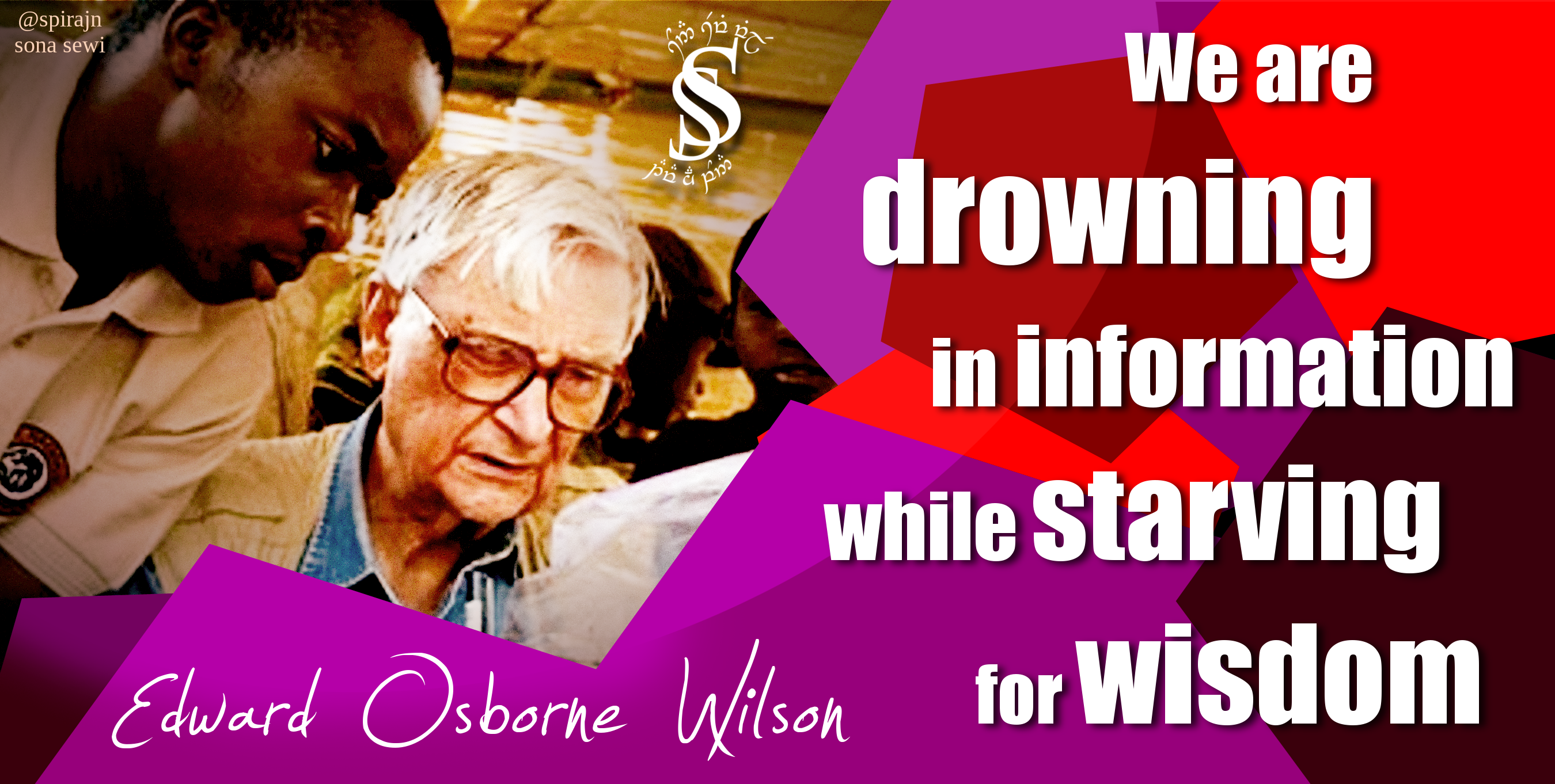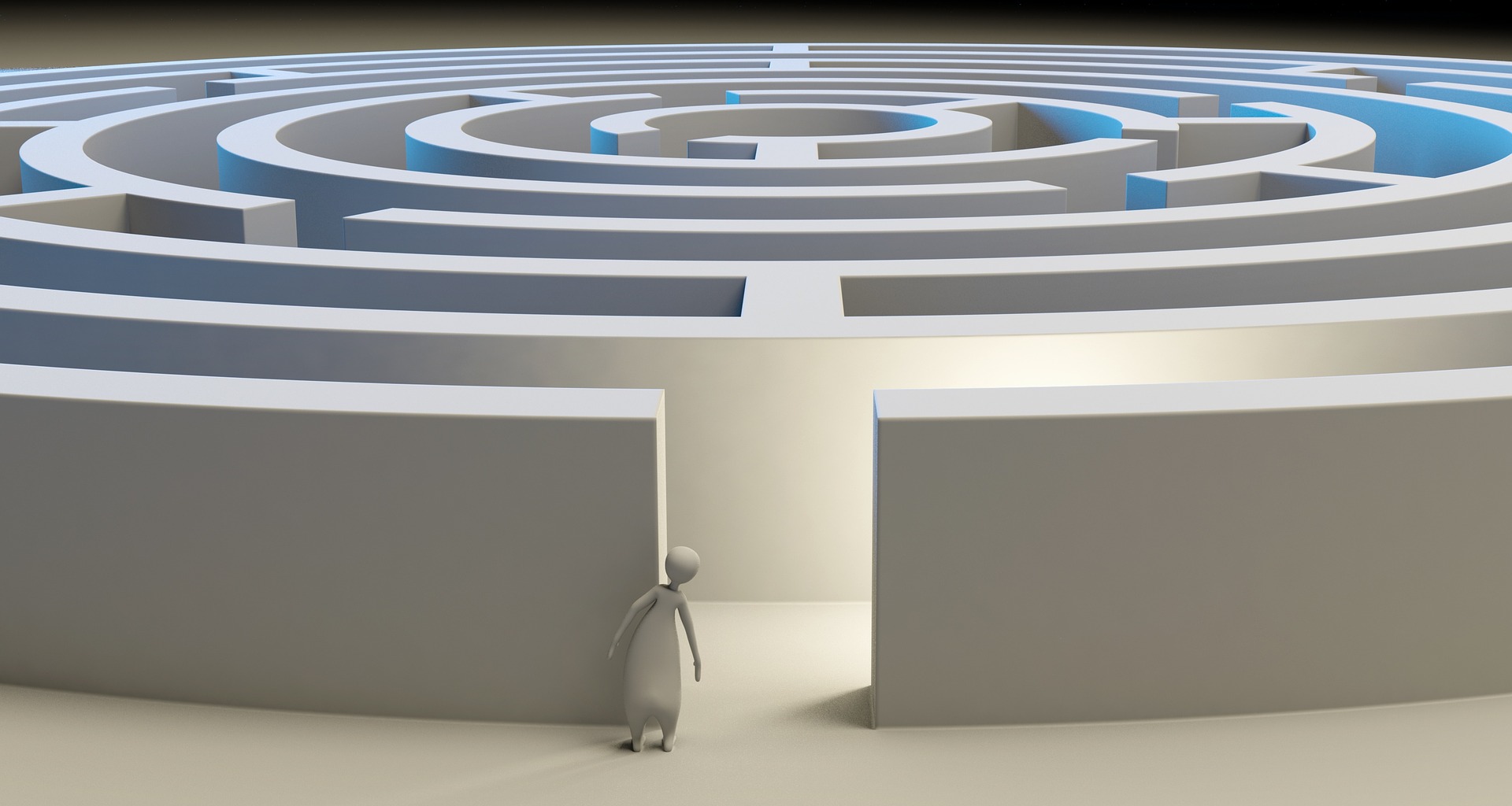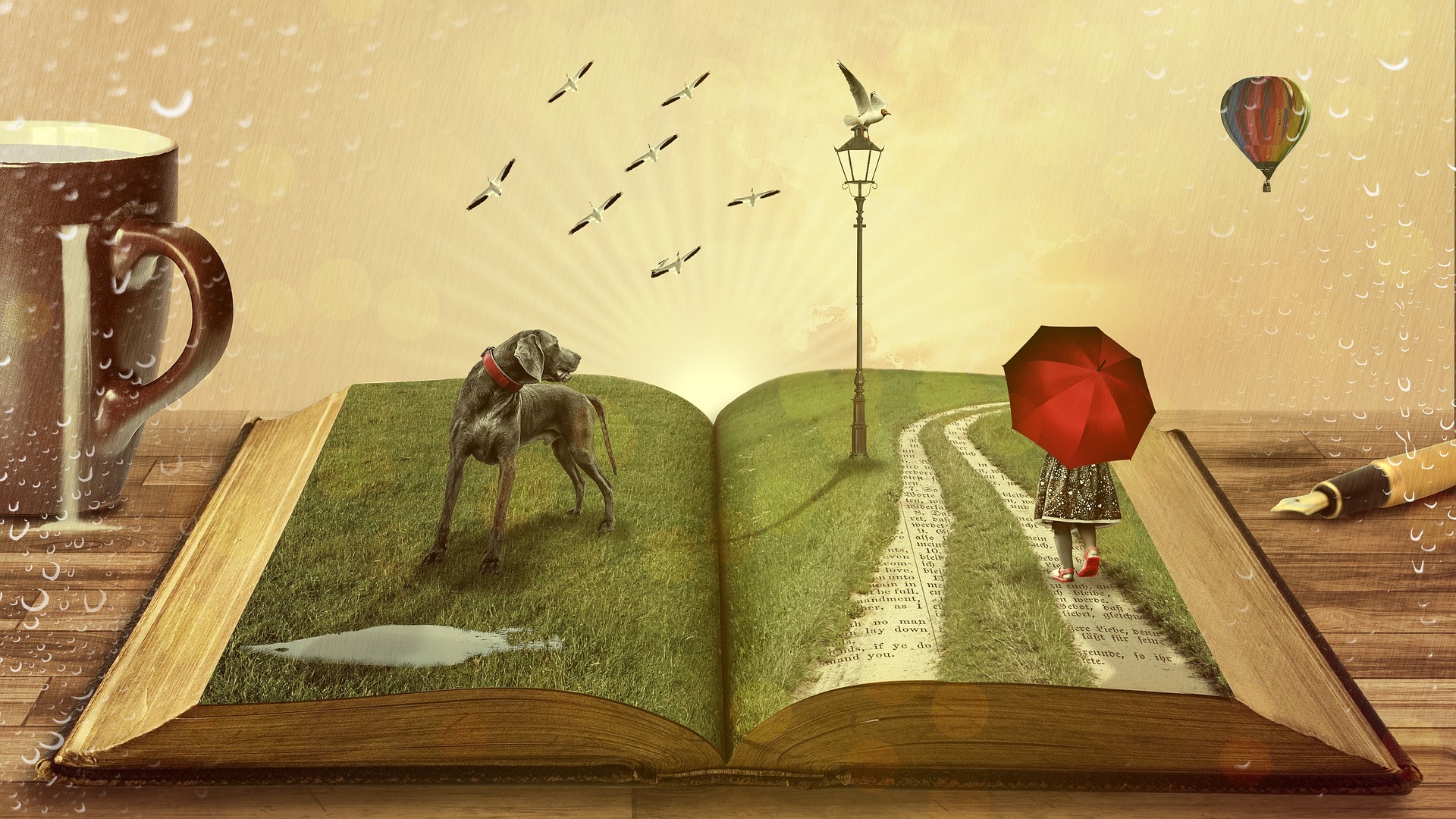How to interpret your dreams, the Jungian method

Few people know the great influence that dreams exert on our lives. The inner life and the subconscious realms of the human being seem, for most people, useless things that have no power over us and deserve, therefore, our deepest indifference.
This carelessness is just a manifestation of our general neglect on the affairs of the soul and the requirements of our subjectivity. We are a “soulless” society or, at best, a society whose soul has been forgotten.
Inevitably this subjective deficiency is expressed in our concrete life in the form of confusion, anxiety and an extraordinary quantity of absurd reactions. In spite of our great technological and scientific development, our lives lack wisdom. This has led many of our thinkers to fear that our great advances will only lead to our own annihilation.

Several of our best thinkers have understood this problem and made their contribution to our culture, to help in the solution of this deficiency. One such thinker was Carl Gustav Jung, a Swiss psychiatrist and psychoanalyst, founder of the analytical psychology.
Jung’s great work has been preserved and enriched over the years, and has bequeathed to us a broad understanding of dreams, their function and the most appropriate ways to benefit from them, thus improving and enriching our individual and social lives.
Dreams and balance
For Jung, dreams are natural symbolic constructions of the unconscious mind, whose function is to compensate the existing imbalances between the parts of our being. In other words, dreams seek to resolve our internal conflicts and produce some kind of mental balance.
We must understand that our inner struggles demonstrate that within us there is not just one Me. Because, if there is an internal conflict, who is fighting against whom? They appear to be several wills (several minds in our mind) fighting against each other to impose themselves. We are many in one body. There is not only one trend, one will and one direction; if that were the case, there would be no conflict in us.

Nevertheless, nature —the unconscious mind— seeks the balance between our internal forces, although it does not always achieve it. That equilibrium is a state of peace and completeness that Jungians call individuation.
Imagine that all the desires that fight within us stop fighting and then, naturally and harmoniously settle in the correct places of our Being. As a result of that rearrangement, now we have a single will. That is individuation.
The communication with the unconscious, interpreting dreams
The unconscious always tries to lead us to equilibrium, regardless of whether we are asleep or awake. That is its function.
When we are awake, this attempt for adjustment takes place behind the curtain of our consciousness. Everyday there is a flow of subconscious motivations, circulating through ourselves without us being able to avoid it. Although we can certainly avoid its expression, it is only to a certain degree.
Our unawareness about our thoughts and feelings is what prevents the balancing process from producing concrete fruits in our lives. That is to say, the lack of interest about the inner life hinders our communication with the unconscious… the contact between the conscious and the unconscious that would regulate our energies.
That’s why individuals who allow themselves a more contemplative life have a more fruitful relationship with the unconscious mind, and can experience the changes necessary to achieve a fulfilling life.
In the waking state, the practice of meditation, reflection, yoga, poetry and arts, opens our perception towards our inner world; it connects us with the unconscious.

Now, in dreams this communication occurs through a certain sort of language. Which is the language of dreams? It is a language of symbols; symbols that contain life’s meanings, feelings, motivations and goals.
Each symbol of our dreams embodies some coherent meaning that is present in our lives in one way or another.
Thus, according to the Jungian perspective, the interpretation of our dreams requires the following processes:
Associations

If we sit down and write the dream’s story, we can then extract each of its symbols and list them. Let us suppose that my dream has been the following:
I’m being hammered by the raging waves of the sea and I can’t reach a big ship that sails close to me. Then a big stork flies to rescue me and I can cling to its legs and fly away.
Then my list of symbolic images would be as follows:
Furious waves
Sea
Big ship
Stork
After this, I will begin to write down all the ideas that naturally appear in my mind related to each image; that is, mental associations:
Furious waves: lack of control, despair, violence, anxiety, difficulties, dangers, stress.
Sea: life, immensity, infinity, nature, damnation, dark and hidden world (below).
Big ship: salvation, technology, society, power, organization, stability, medium, status.
Stork: nature, beauty, freedom, individuality, calmness, life, rescue, protection, motherhood, wisdom, power, strength.
This way, we have made an interpretation about each symbol and we have a series of meanings that, in our minds, are naturally associated with them.
Dynamics

After extracting general meanings from dream images, we need to understand how those meanings are related to the specific dynamics of our inner life. Without this step, we will only know the abstract meanings of the symbolic image, but we would not know how it is expressed in our lives.
Following the aforementioned example, let’s suppose that my internal dynamics find their connection with those images in this way:
— Furious waves: The place where I work. It is chaotic and harmful. It causes me a lot of stress. I never have time to do the things I want to do. Everything is an urgency.
— Sea: My frustration and helplessness because life’s situations overcome me. Life is like that. Knowing that life’s difficulties are greater than me makes me hopeless.
— Big ship: The jobs I wanted and didn’t get. My effort to be part of groups and create projects (to improve my life) has failed. I’m losing the ship.
— Stork: My great desire for freedom and peace. I don’t want to continue in this conflict. Nor do I want to live pursuing social initiatives to resolve my crisis. I just want to be free and happy. I want things to be easy. The stork is not far from the sea, it is above it and takes advantage of it; it immerses itself in it and captures its food; and then it flies again without worry.
As we can see, simple general associations of symbolic images can be very much the same among different people. But the specific dynamics of those things in our lives is always a very personal matter, which depends on our particular circumstances and our feelings about them.
Interpretation

Finally, we assemble the puzzle in its entirety, writing the message that the dream has given us through its symbols:
Actually, my life is full of stress and difficulties, which prevent me from having more control over myself, and that situation makes me despair (angry waves). This really worries me because it’s just about life itself, over which I have no power (sea).
I remain in a job I don’t like, in unpleasant conditions, just to get the money I need to live. I have no choice.
All my attempts to improve my life by looking for a better job and joining prestigious organizations have utterly failed (ship). But in fact something in me yearns to leave all conflict in a way that is simple and natural, dedicating myself to that which really satisfies me, makes me happy and gives me peace (stork).
Possibly if I act that way, I may be able to free myself from my unhappiness and even have a healthier way of getting my livelihood. I should at least try.
That’s it! We have interpreted our dream and extracted the message that the unconscious, by its balancing nature, gives us through its symbolic constructions.
In my coming publications we will delve deeper into these processes.
You can tell me any doubt you have about this. I will answer it with enough detail in next posts. We will also talk about the stages after interpretation, in which we will be able to consciously take advantage of the messages delivered to us by the unconscious.

Banner of the article:
Marfluo, artwork by Spirajn.
Another images
Quote posters designed by the author on historic photos.
Free illustrations from pixabay.com.
Dedication
To @rainbowlightningwoman1 ~ who kindly welcomed me, as my first friend in Minds.
May this knowledge be useful for your inner work, as it is for me.